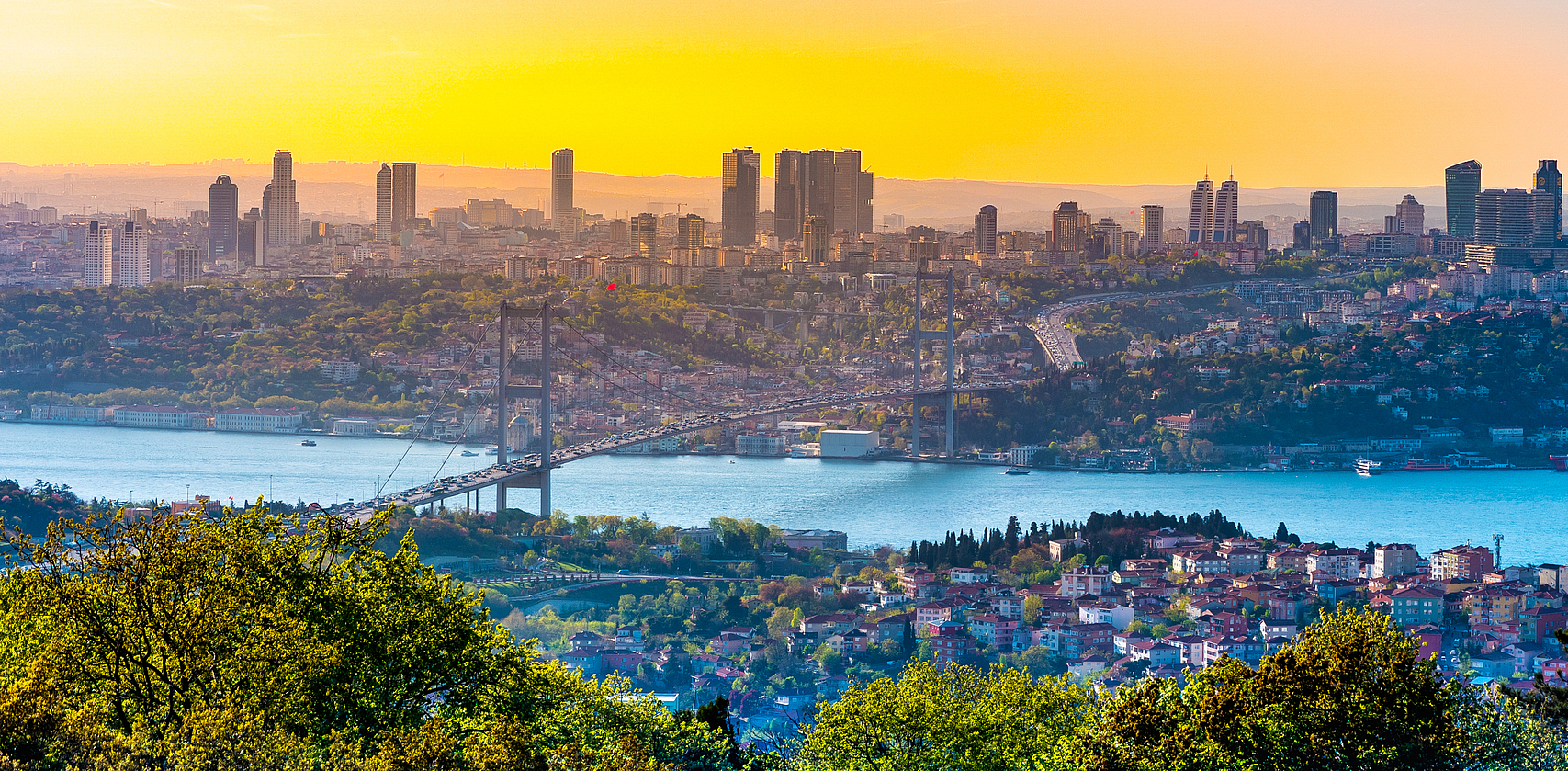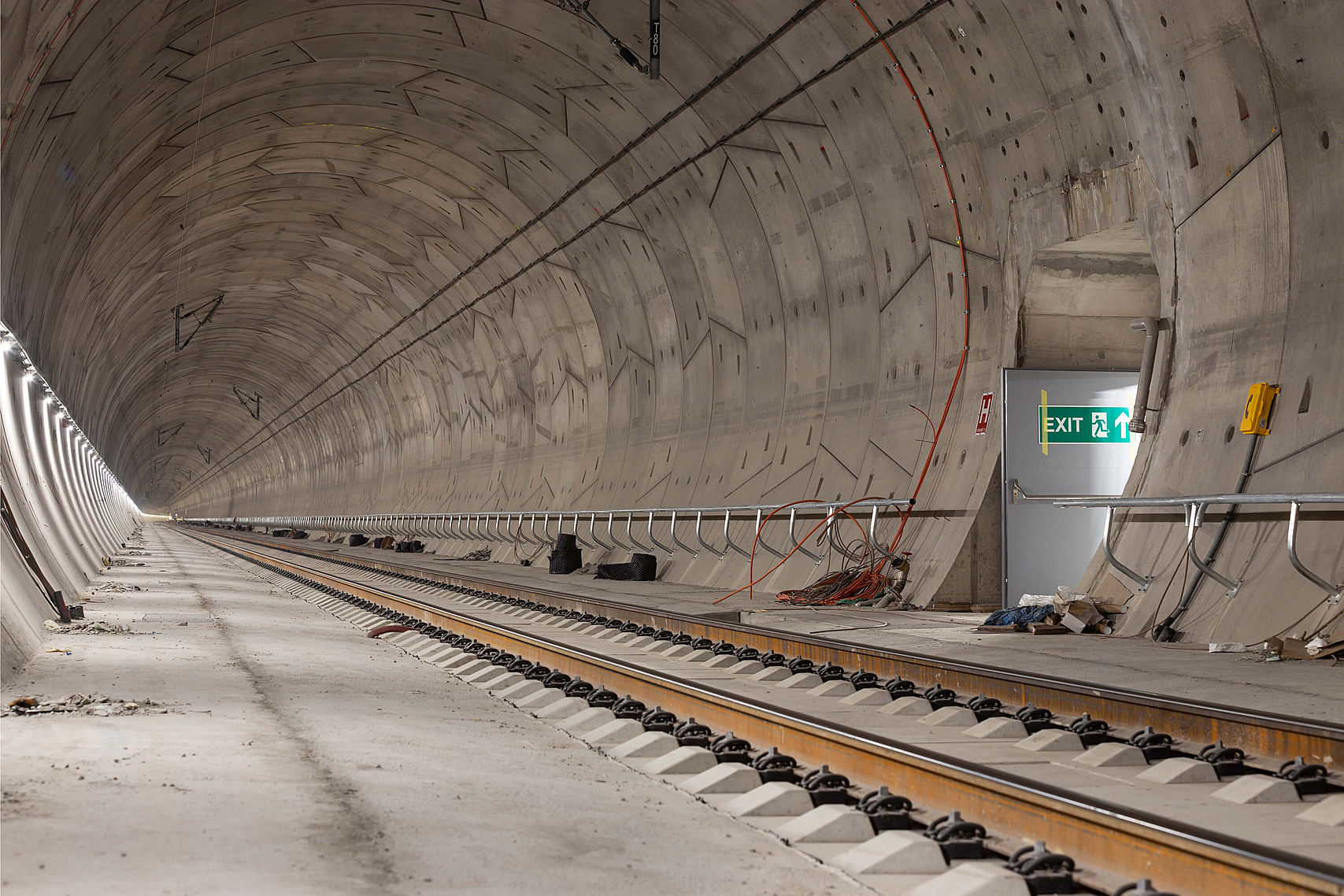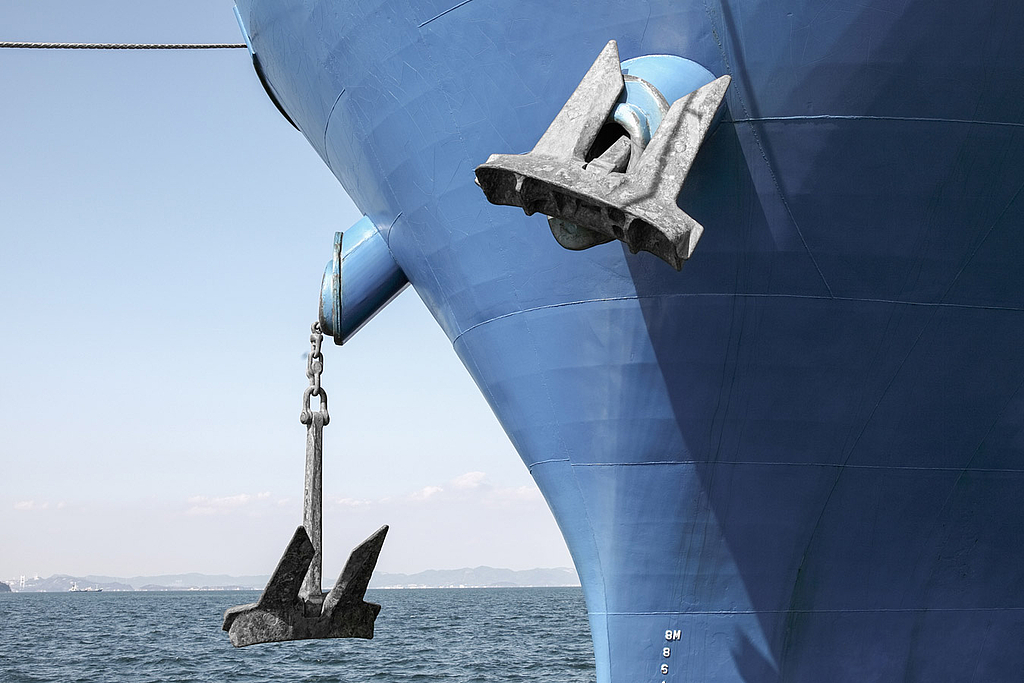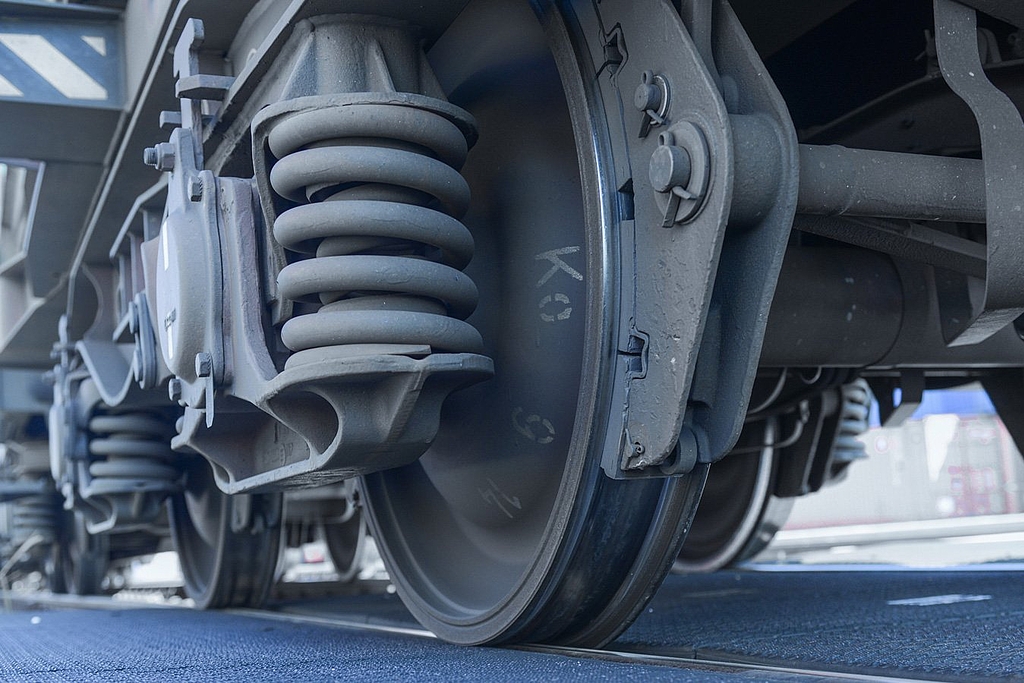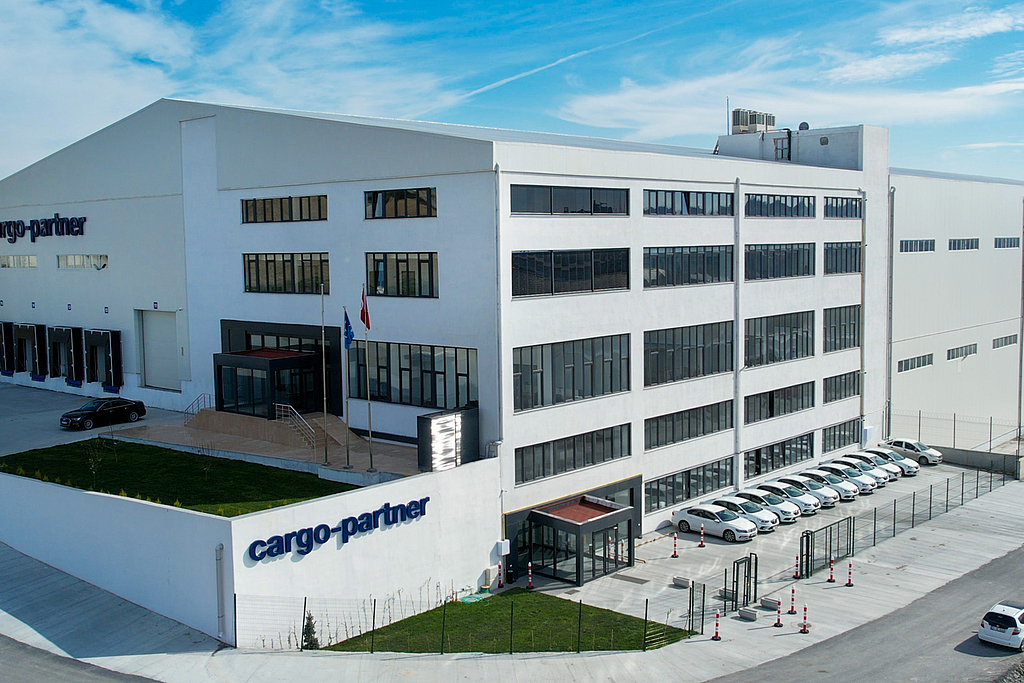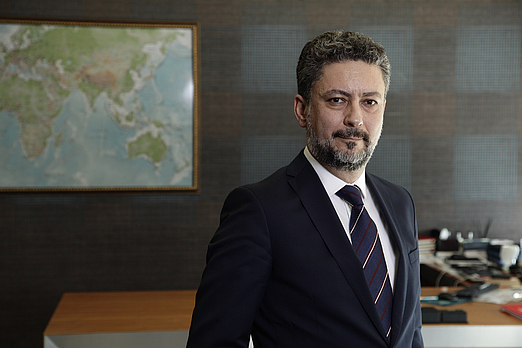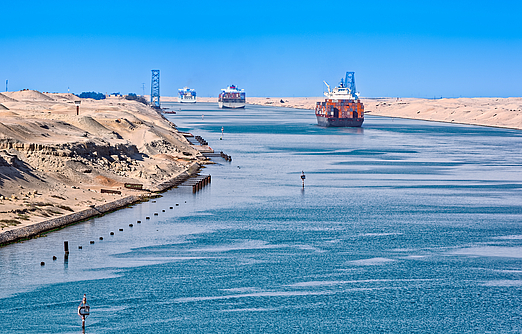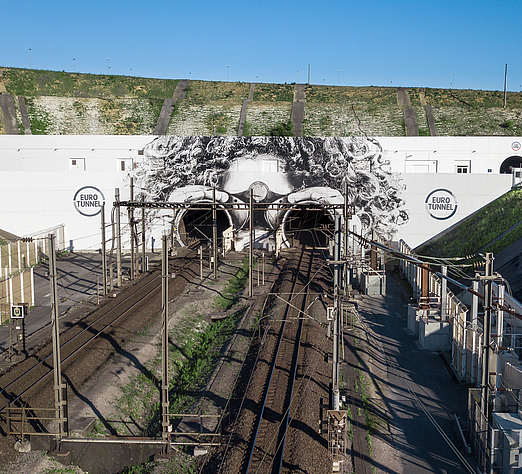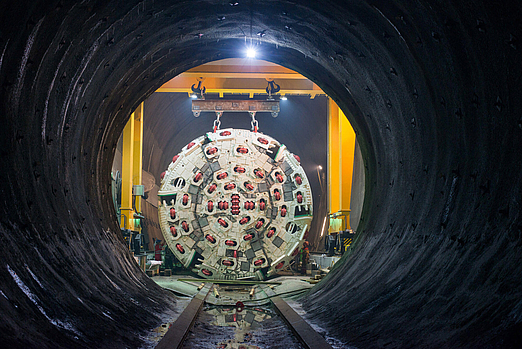Crossing(s) over the Bosporus Strait
- Insights
As a link between East and West, the country on the Bosporus has played a key role throughout history. Türkiye – and especially the city of Istanbul - has always been an important hub, both culturally and for transport. “Right in the middle” of Istanbul is the Bosporus Strait, since ancient times one of the most important maritime shipping routes. However, the strait also poses a geographic obstacle to traffic moving in the east-west direction.
In its role as a bridge between Europe and Asia, Türkiye always striven to connect both continents – and still is – an important part of the “New Silk Road”. This shows until this day, with the ongoing construction of many impressive infrastructure projects, such as tunnels and bridges over and under the strait.
